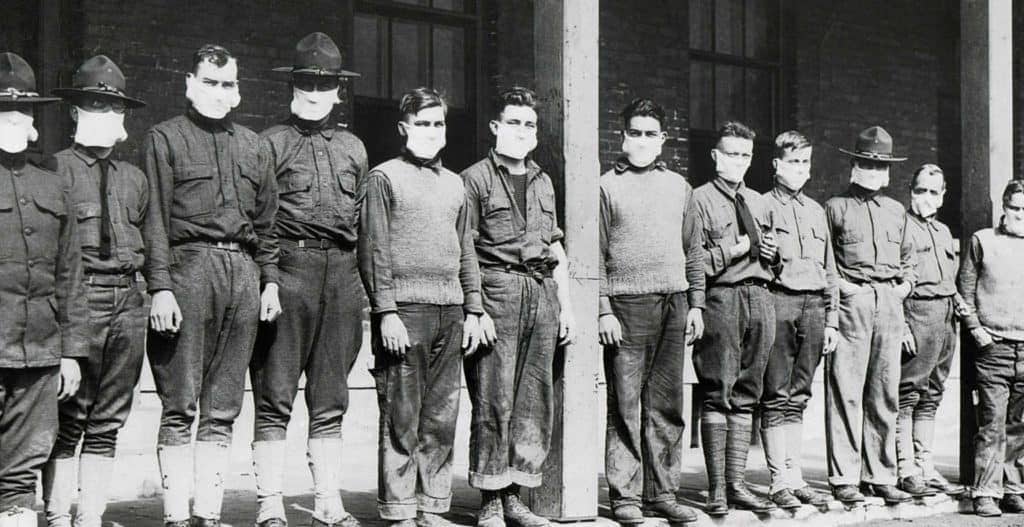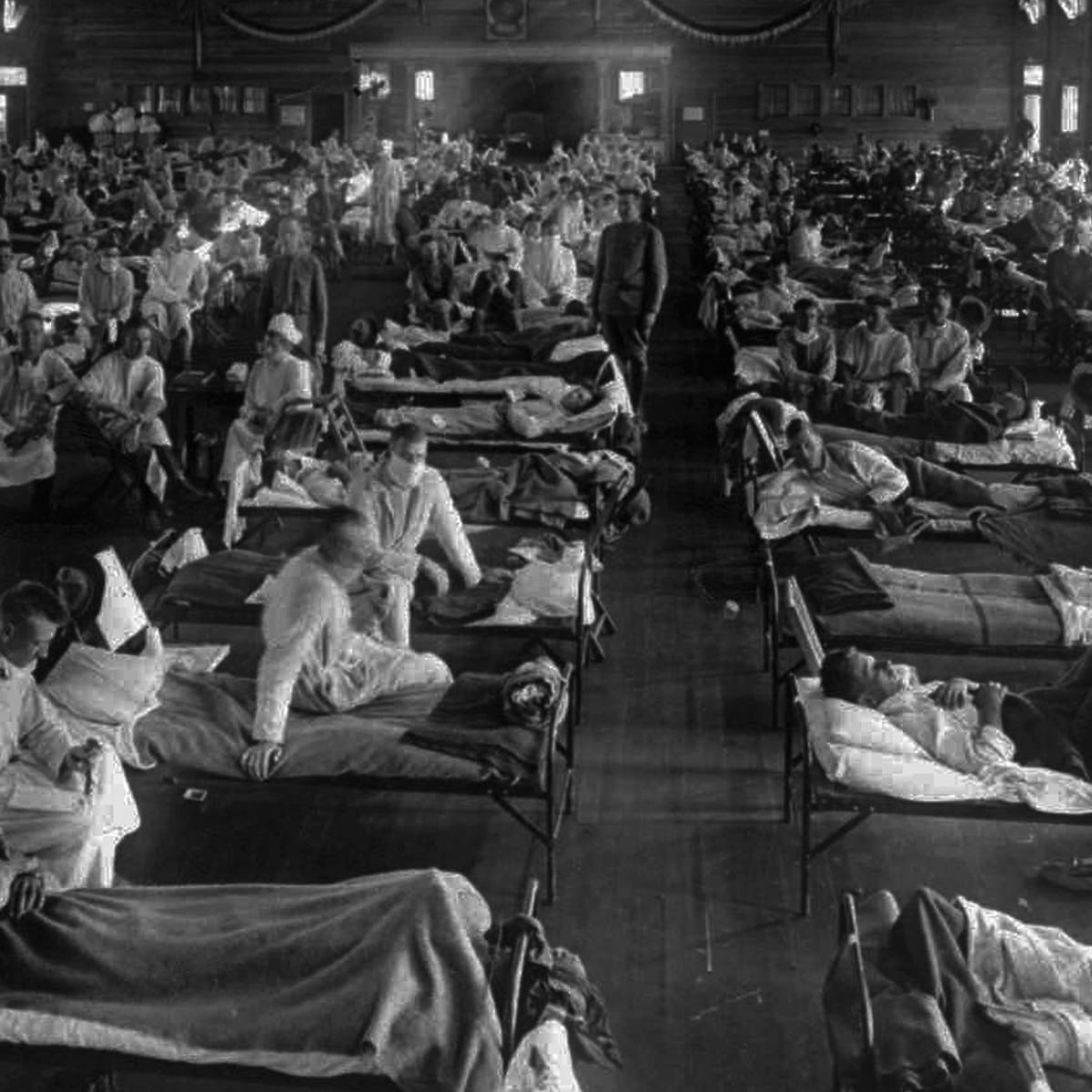Bibliography The Impact of Pandemic Influenza on Public Health Rashid A. They recovered the genome information from a flu victim who had been buried in Alaskan permafrost since 1918.
 Why The Second Wave Of The 1918 Flu Pandemic Was So Deadly History
Why The Second Wave Of The 1918 Flu Pandemic Was So Deadly History
In the first months of the 1957 flu pandemic the virus spread throughout China and surrounding regions.

How long did the flu pandemic last. These slight modifications produced periodic epidemic s. That pandemic was the deadliest in the 20th century. The 1918 influenza pandemic was the most severe pandemic in recent history.
Influenza pandemic of 191819 also called Spanish influenza pandemic or Spanish flu the most severe influenza outbreak of the 20th century and in terms of total numbers of deaths among the most devastating pandemics in human history. The influenza pandemic of 191819 also called the Spanish flu lasted about one to two years. It lasted from early 2009 to late 2010 and is.
Using the 1918 Spanish flu pandemic as a model experts suggested the COVID-19 outbreak will last between 18 and 24 months. The pandemic occurred in three waves though not simultaneously around the globe. In 2009 a new H1N1 influenza virus emerged causing the first global flu pandemic in 40 years.
In the United States the 1918 flu pandemic lowered the average life expectancy by 12 years. The most reported effects of the pandemic took place from October 1889 to December 1890 with recurrences in March to June 1891 November 1891 to June 1892 winter of 18931894 and early 1895. Influenza pandemic of 191819.
It infected about 500 million people and killed at least 50 million including 675000 in the. The pandemic likely wont be. Encyclopedia Britannica and the Center for Disease Control indicate that the pandemic occurred in three waves.
1918 Pandemic Influenza Historic Timeline. The influenza pandemic of 191819 also called the Spanish flu lasted between one and two years. The influenza pandemic of 1918 and 1919 was the most deadly flu outbreak in history killing up to 50 million people worldwide.
Below is a timeline of major events that took place during the 2009 H1N1 pandemic. Between the 1968 pandemic known as the Hong Kong flu and the 2009 pandemic doesnt mean the next will take another 30 years or so to. Although there is not universal consensus regarding where the virus originated it spread worldwide during 1918-1919.
The study raises the question and triggers the body of work on whether human influenza viruses are of avian origin. After 10 years of evolution the 1957 flu virus disappeared having been replaced through antigenic shift by a new influenza A subtype H3N2 which gave rise to the 1968 flu pandemic. The last pandemic was a quiet killer.
It followed the 1957 flu pandemic and the influenza pandemic of 191819. April 1918 First mention of influenza appears in an April 5 weekly public health report. The most recent flu pandemic the world has seen was the 2009 swine flu pandemic.
When was the last flu pandemic. It was caused by an H1N1 virus with genes of avian origin. 1968 flu pandemic also called Hong Kong flu pandemic of 1968 or Hong Kong flu of 1968 global outbreak of influenza that originated in China in July 1968 and lasted until 196970.
The report informs officials of 18 severe cases and three deaths in Haskell Kansas. The first wave was comparatively mild and probably originated in. Using a technique called reverse genetics scientists at the Armed Forces Institute of Pathology recreate the 1918 virus.
Take for example the flu pandemic of 1918-1919. Pereira and colleagues propose a relationship between human and avian flu viruses after a study shows an antigenic relationship between the 1957 human pandemic A virus and an influenza A virus isolated from a turkey. In the Northern Hemisphere the first wave originated in the spring of 1918 during World War I.
In the United States it was first identified in military personnel in spring 1918. All those pandemics that have happened since 1957 1968 2009 all those pandemics are derivatives of the 1918 flu Taubenberger told The. Whats even more remarkable about the 1918 flu say infectious disease experts is that it never really.
The outbreak was the third influenza pandemic to occur in the 20th century. It was the last great pandemic of the 19th century and is among the deadliest pandemics in history. Sporadic flu activity spreads unevenly through the United States Europe and possibly Asia over the next six months.








